BEHIND THE FACE-A PORTRAIT OF FEELINGS, takes a look at not simply the outside portrait, but the feelings inside that the mask may hide.
“ЗА ЛИЦОМ, эмоции и чувства”/ Article by Mina Thevenin, LCSW, Editor
Contributing Photographers- Russian Photographer Жук Ксения (Zhuk Ksenia, Cover), Indian Photographer Anjan Ghosh, American Photographer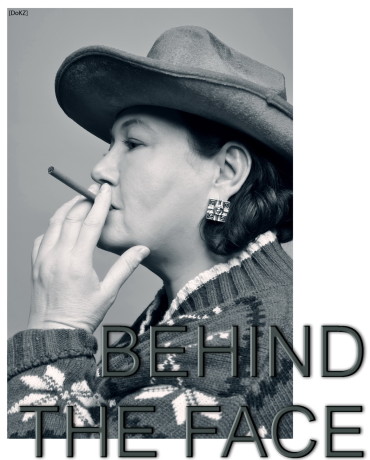 Linda Covey, Photographer Sirish B.C., Photographer Karl Ühl, and Contributing Editor & American Photographer Mina Thevenin
Linda Covey, Photographer Sirish B.C., Photographer Karl Ühl, and Contributing Editor & American Photographer Mina Thevenin
Click any image to view photographs as slideshow. (Scroll mouse over image for copyright photographer information.)

What’s behind the face?
Christopher Marlow, in his tragic play Doctor Faustus, gave us the memorable quote, the “face that launch’d a thousand ships”. But there is much more going on behind the face- even a beautiful face like Helen of Troy.
Unchanged and since the beginning of human beings, what was happening then is the same thing that happens today- a portrait of feelings. Without attachment to a particular ethnicity, culture, language, geographic boundary line, age or one’s gender, the experience of emotional feelings, with few exceptions, is universal. So even though the human face may or may not reveal its true feeling in the present moment (again- because culture, gender and personal experience impact one’s freedom of experiencing outward expression of feelings), we do know that once we look behind the face, the feelings of all human beings are intrinsically the same.(1)
Scientifically, feelings originate from a body and mind interaction. It is a combination of the human body’s neurophysiology interaction as it responds to the cognitive brain’s interpretation and experience of external stimuli. All of this is happening so quickly that a human being is not aware of the exact process. Feelings are seemingly experienced as nearly automatic. It is very similar to breathing- a person doesn’t think about it under normal circumstances. One just breathes. Emotional feelings may appear to be experienced as autonomic, like breathing, but we really have more to do with them than what we realize.
Emotional feelings have different names in any given world language. All words to describe feelings originate from four basic human feelings: mad, sad, glad, and scared; all words that describe feelings are rooted in these four basic feelings. To illustrate this, for example, look at these words: irate or rage = mad; joyful = happy; mournful = sad; terrified = scared.
Like tides of the oceans, feelings are fleeting and are as impermanent as the tides. They rise and fall with intensity and calm like the waves of the ocean. So much like the tides and waves- feelings are neither good nor bad. They just are. Humans attach personal perspective (because of experience or culture) and label feelings as “good” or “bad”, particularly if the feeling is originally experienced by the individual as an intense level of feeling, though whether or not the person has memory of exposure to this event does not matter. The body retains memory even when the mind forgets. Intrinsically, however, feelings are neither good nor bad. They just are.
To illustrate: A summer skateboarder takes on snowboarding in the winter months. He scouts out a popular mountain, a tip from the internet, and takes a trip. There are skiers and snowboarders there, but it is not overly crowded. The weather is near perfect conditions with little wind and moderate temperatures in the 20’s Fahrenheit/-3.8 Celsius! It is potentially a stellar freestyle kind of morning- the seemingly perfect slope. The snowboarder is not a poser and he doesn’t try to
 take on more than he can jib. He starts out goofy foot, a form he knows well from skateboarding and then he ollie’s. He sees moguls up ahead and though he doesn’t like the little hills, he’s turned through a
take on more than he can jib. He starts out goofy foot, a form he knows well from skateboarding and then he ollie’s. He sees moguls up ahead and though he doesn’t like the little hills, he’s turned through a
 few and decides this time to launch and air over the first one. As he approaches the mogul he gets sketchy and then he knows why- after he launches, unfortunately, he sees a gaper tourist camped where the he ought to have stomped the slope! And he sees it’s a kid! He doesn’t want to bonk him, so he sacrifices. The snowboarder doesn’t just wipe-out, he yard sales and his gear goes everywhere on the hillside! Needless to say, his snowboarding accident was very severe and he ends up in the hospital. Now- weeks later, the snowboarder is spooked when he thinks about being airborne off the launch- he feels scared, really scared… The snowboarder’s personal experience of a sporting accident is now interpreted as scary (normal feeling). But he additionally attaches the label “bad” to the feeling. Since he labeled the experience and feeling as “bad” and if he replays the memory enough times labeled this way, the normal feeling (scared) will ultimately result in the snowboarder feeling so overwhelmed and paralyzed with fear that he most likely will choose to end his exciting hobby as a snowboarder and maybe even on the skateboard.
few and decides this time to launch and air over the first one. As he approaches the mogul he gets sketchy and then he knows why- after he launches, unfortunately, he sees a gaper tourist camped where the he ought to have stomped the slope! And he sees it’s a kid! He doesn’t want to bonk him, so he sacrifices. The snowboarder doesn’t just wipe-out, he yard sales and his gear goes everywhere on the hillside! Needless to say, his snowboarding accident was very severe and he ends up in the hospital. Now- weeks later, the snowboarder is spooked when he thinks about being airborne off the launch- he feels scared, really scared… The snowboarder’s personal experience of a sporting accident is now interpreted as scary (normal feeling). But he additionally attaches the label “bad” to the feeling. Since he labeled the experience and feeling as “bad” and if he replays the memory enough times labeled this way, the normal feeling (scared) will ultimately result in the snowboarder feeling so overwhelmed and paralyzed with fear that he most likely will choose to end his exciting hobby as a snowboarder and maybe even on the skateboard.
What if, instead of interpreting and labeling the fearful feeling as “bad”, the man attaches a positive interpretation to the feeling of scared? For example, recognizing that the sporting accident scared him immensely, he looks at it as an opportunity to learn. So he reads about snowboarding, weather conditions and how slopes are affected. He talks with others who know about the lay-out of hillside he snowboards and through conversations with seasoned veterans he develops strategies of what to do in tough spots. He watches and learns through observing other more skilled snowboarders. He builds his strength and endurance through exercise and nutrition. Ultimately, he returns to the hillside. He is excited, afraid- and is ready to carve phatties in the roy- the freshly groomed run.
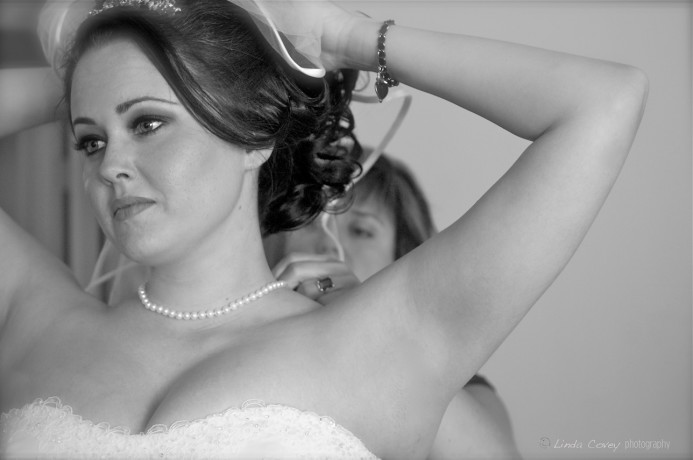 Looking behind the face reveals that a person does have some responsibility in influencing emotional feelings- through interpretation. Obviously the individual interpretation then has a profound impact on an individual’s own sense of personal future- through behaviors and choices.
Looking behind the face reveals that a person does have some responsibility in influencing emotional feelings- through interpretation. Obviously the individual interpretation then has a profound impact on an individual’s own sense of personal future- through behaviors and choices.
So how is the mind and body connected to emotional feelings?
“Most psychologists treat the mind as disembodied, a phenomenon with little or no connection to the physical body. Conversely physicians treat the body with no regard to the mind or emotions. But the body and mind are not separate, and we cannot treat one without the other.” – Dr. Candace Pert
Dr. Pert (1946-2013) was a scientific research pharmacologist who advanced the field. Her last position was as research professorship in the Department of Physiology and Biophysics at Georgetown University School of Medicine in Washington, DC. “Your body is your subconscious mind. Our physical body can be changed by the emotions we experience. A feeling sparked in our mind-or body-will translate as a peptide being released somewhere. [Organs, tissues, skin, muscle and endocrine glands], they all have peptide receptors on them and can access and store emotional information. This means the emotional memory is stored in many places in the body, not just or even primarily, in the brain.” (2)
NEUROPEPTIDES
What does all of this mean exactly? Global scientific research over the last eighty years has uncovered and continues to advance in this specific field of study, namely, that the biochemistry of the body engages at the cellular and even molecular level in an active process as an emotional feeling is experienced by the individual. The identification of neuropeptides, chains of amino acids that act as chemical communicators, is currently the “how” in the scientific process of discovery.
Emory University professor and researcher Larry Young, Ph.D. describes the neuropeptide as,
“released either into the blood where it activates receptors in our body, or directly into the brain where it can activate receptors in our brain. When a neuropeptide is released it binds to the receptor and that activates a series of events inside the cell, inside the neuron, and then that causes that neuron to become active. If that neuron is placed within a particular circuit, it can activate that circuit. So now you can begin to see how you can have a single molecule released from one neuron activating another neuron, and then activating a circuit and then a circuit can change an emotion and a behavior.” (3)
The current understanding of emotional feelings- the mind and body connection, offers explanation of the scientific “how”. It offers exciting future western medical treatment possibilities, for example, within the spectrum of autism. Current understanding also reminds us that when it comes to experiencing emotional feelings- both present and future, we actually have more influence than what many previously thought.(4)

Everyone shapes our world to be full and rich with cultural diversity. So it is re-assuring to be a part of a true and tried centuries upon centuries history of peoples who are learned- many of whom live today in the awareness of the interwoven connection of feelings and mind and body. Incredibly, it is all happening behind the face-
A portrait of feelings.
(1) Thevenin, Mina, LCSW. Kentuckiana Counseling. WEBSITE
(2) Pert, Candace, Ph.D. “Where do you Store your Emotions?” Candace Pert, PhD WEBSITE
(3) Young, Larry Ph.D. “Neuropeptides Can Change Emotions,” DNA Learning Center. WEBSITE
(4) Thevenin, Mina LCSW. “Shades of Suffering” Click on Grief tab. Kentuckiana Counseling. WEBSITE


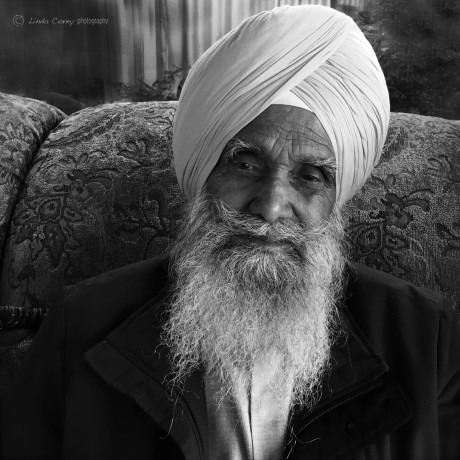
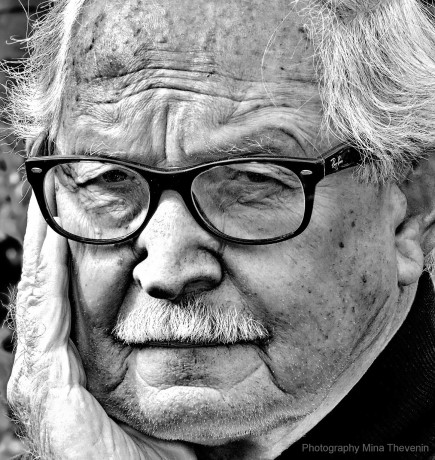
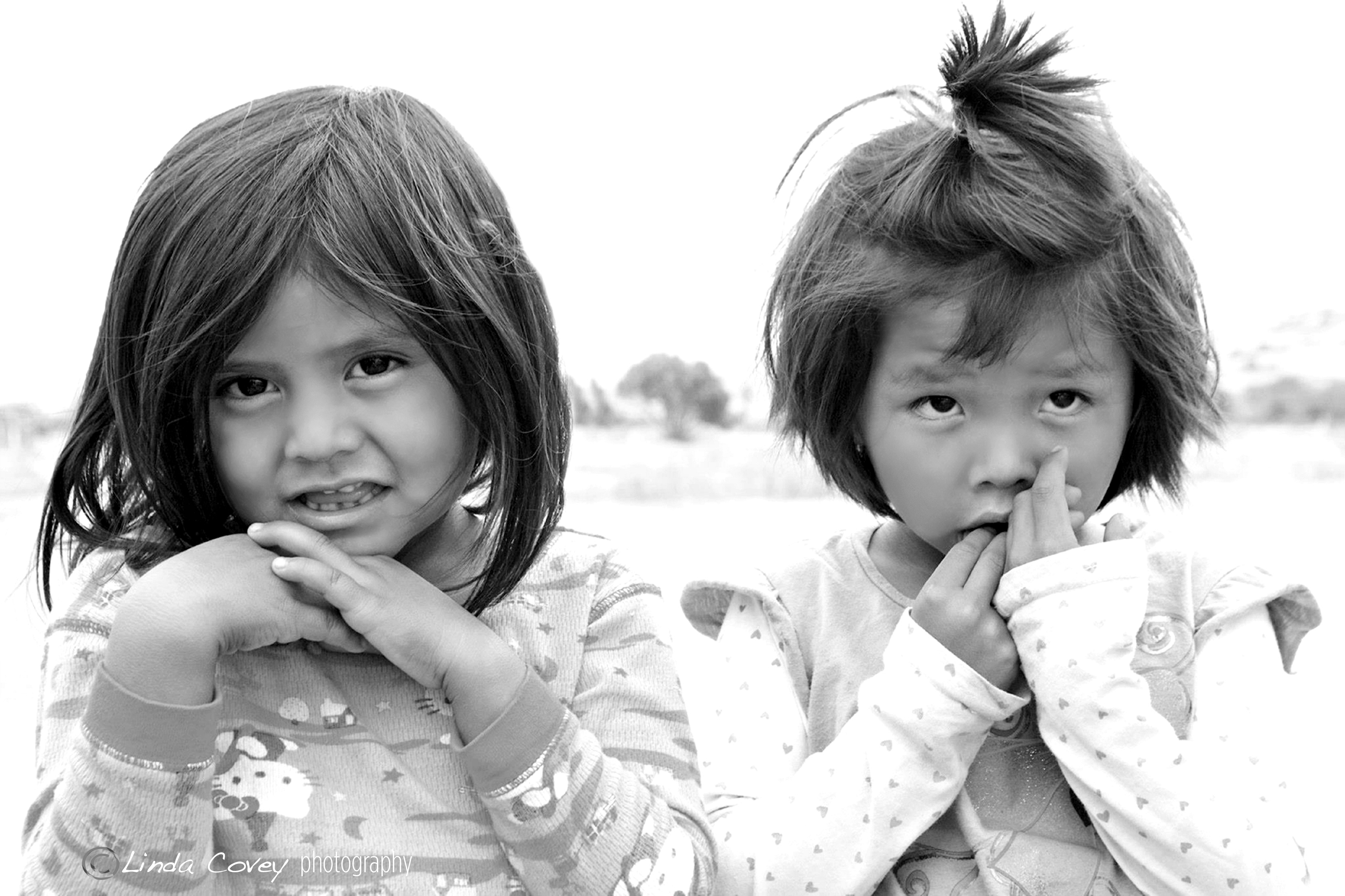




Mina – nice presentation and pics! You are one intellectual woman.! I appreciate you! L